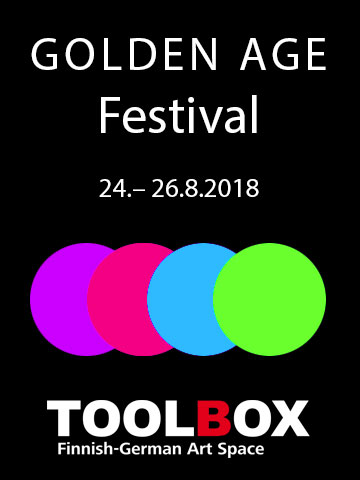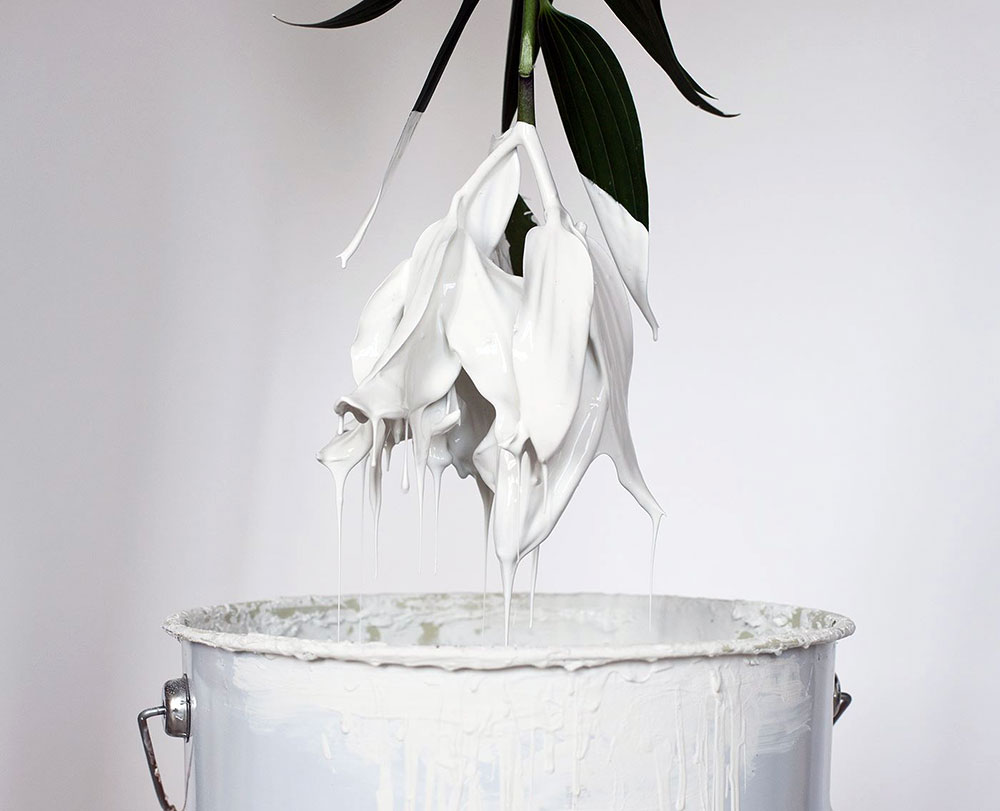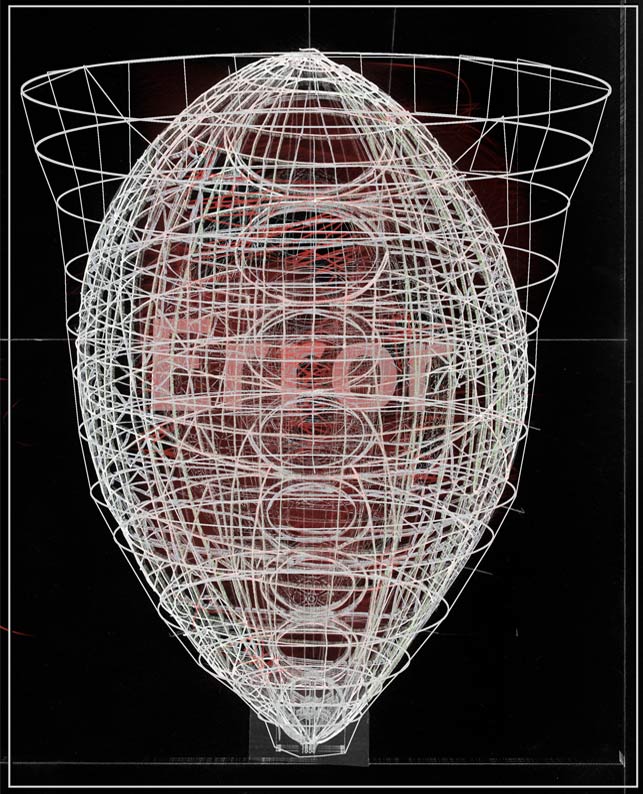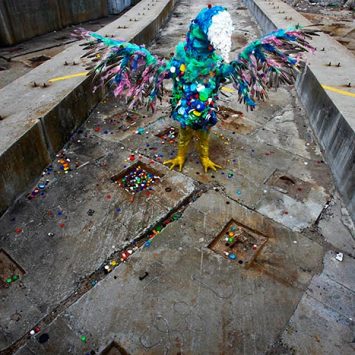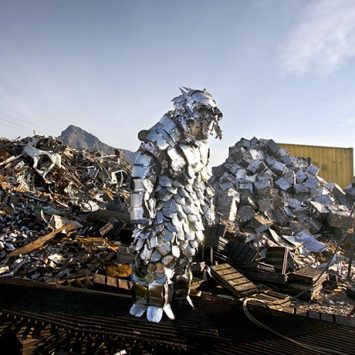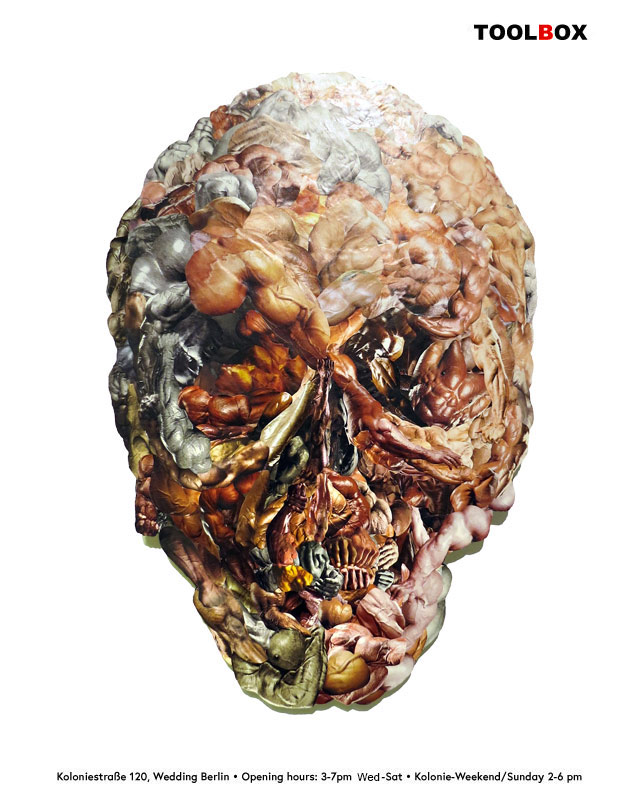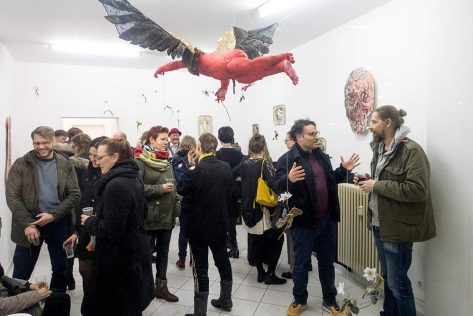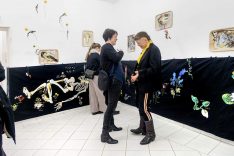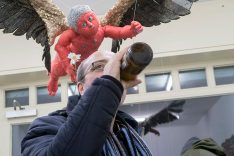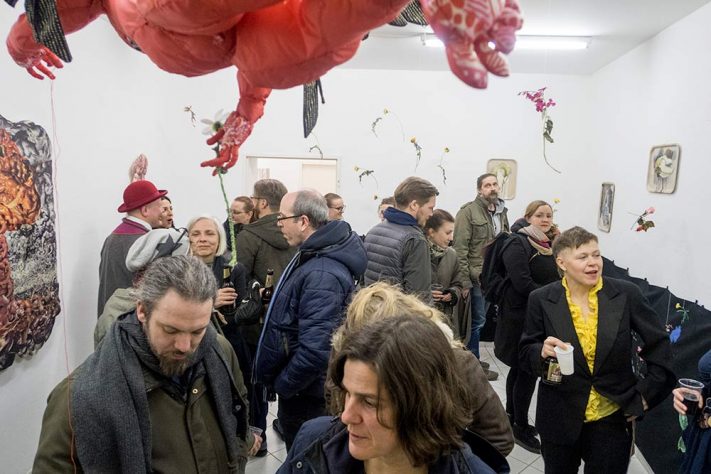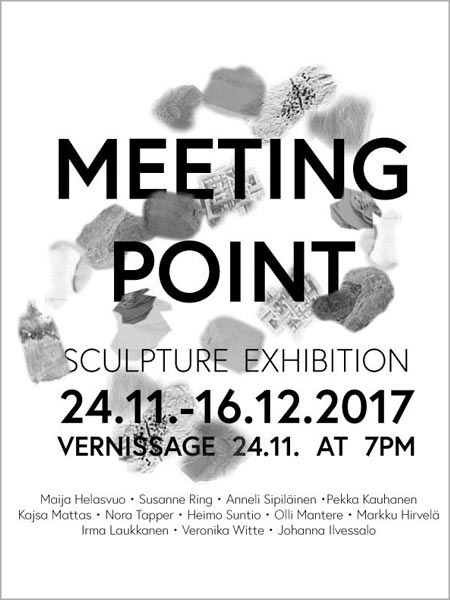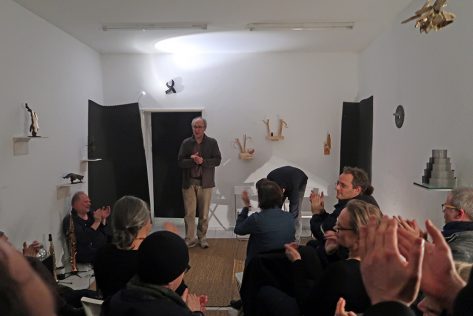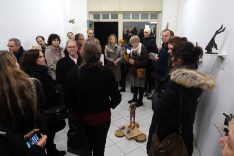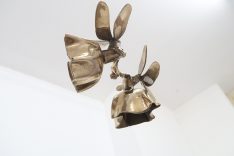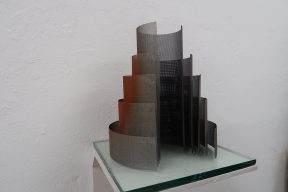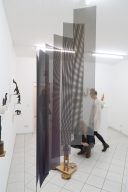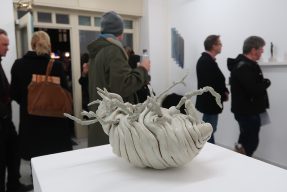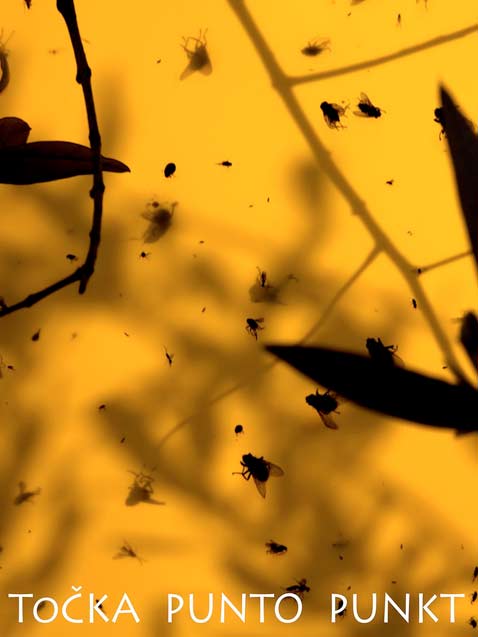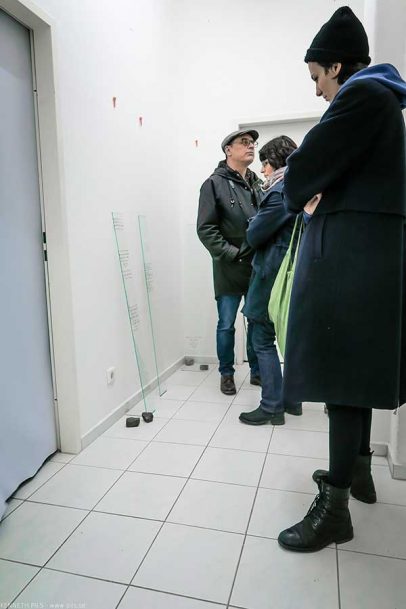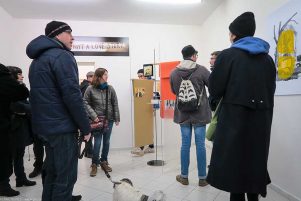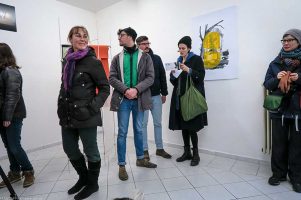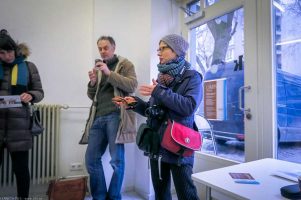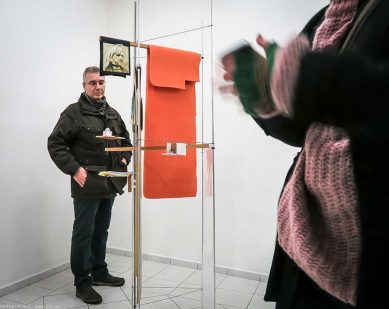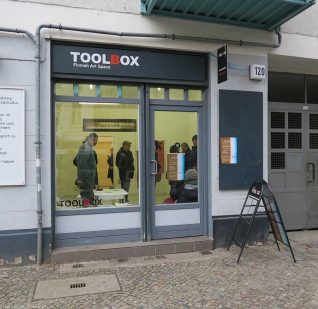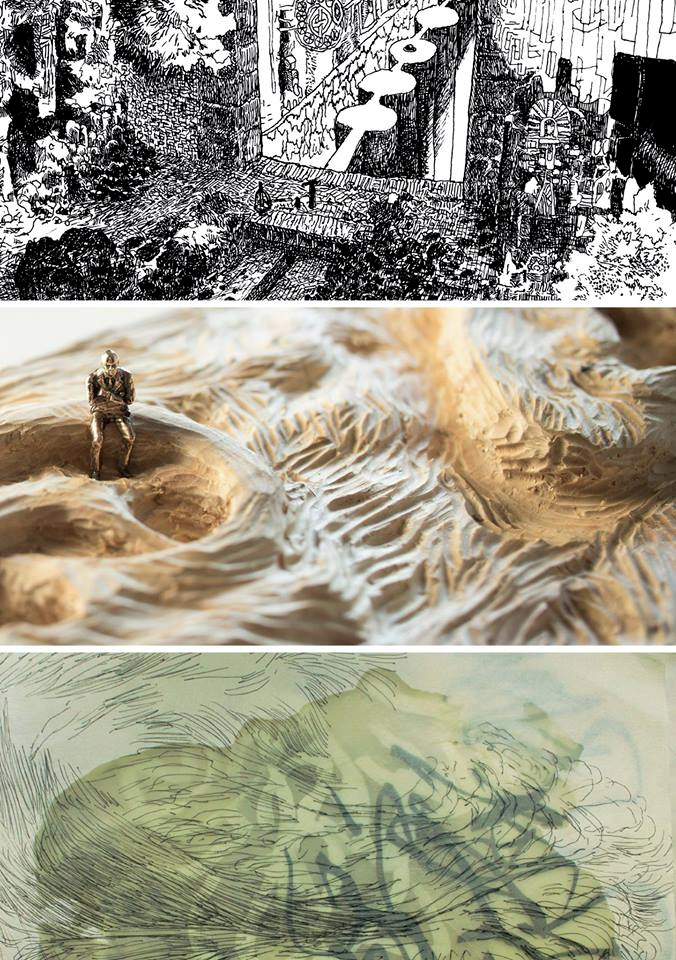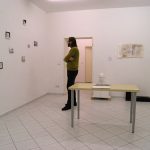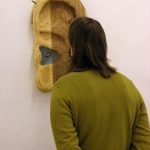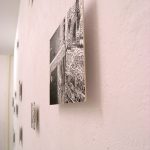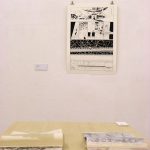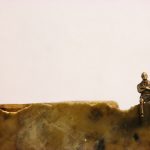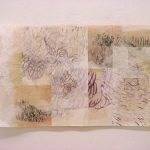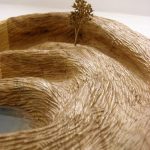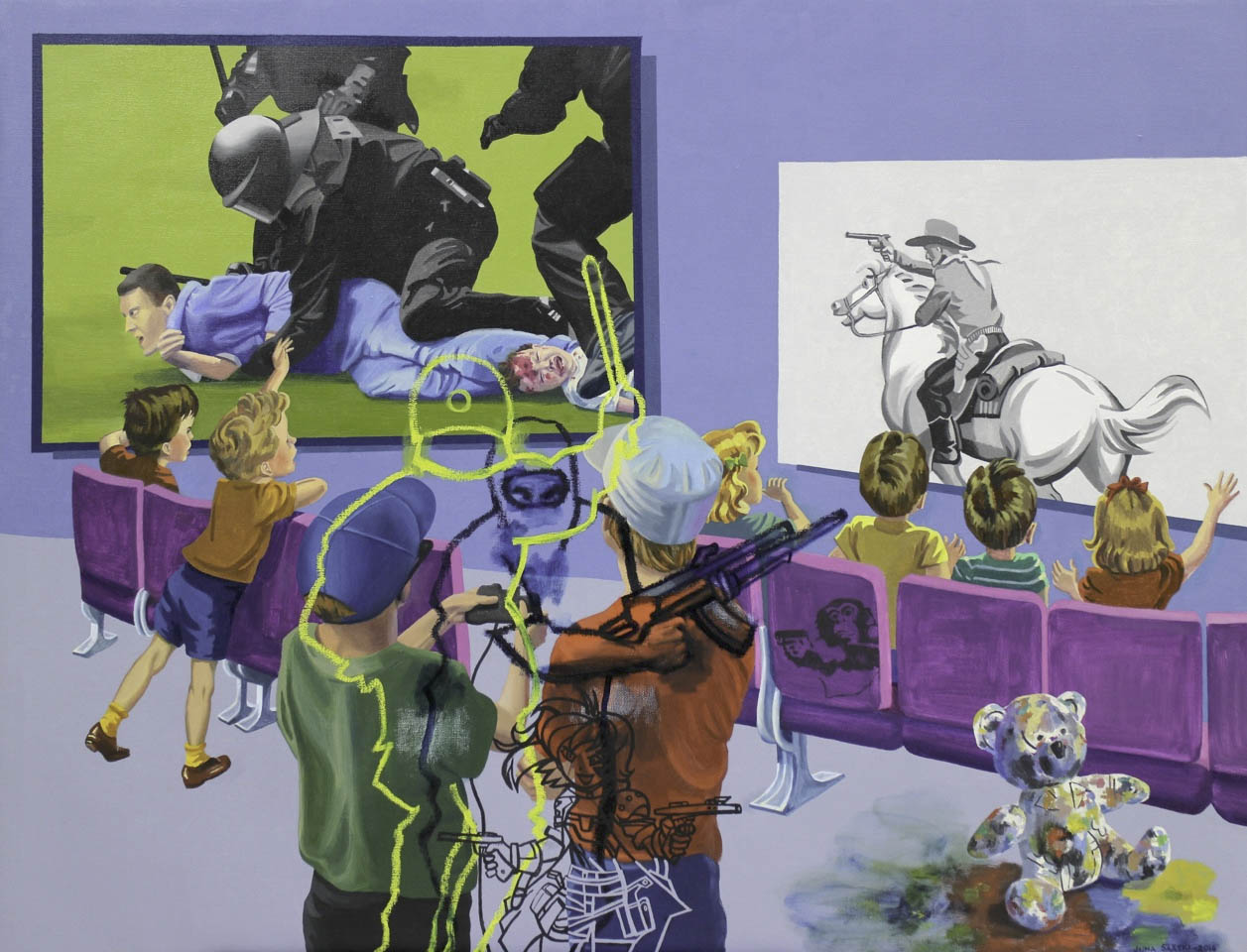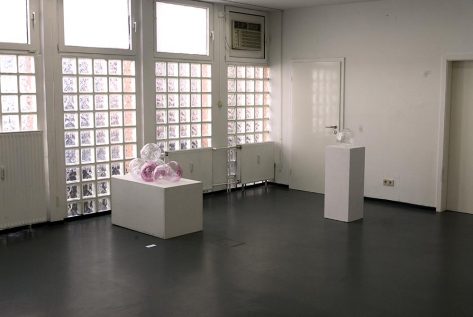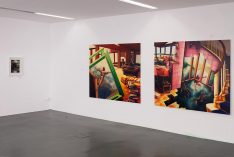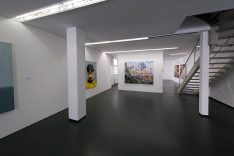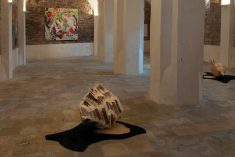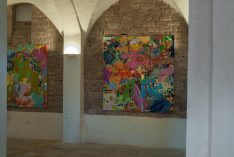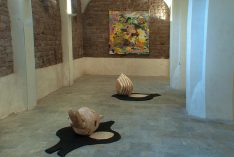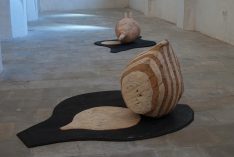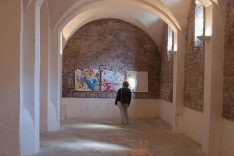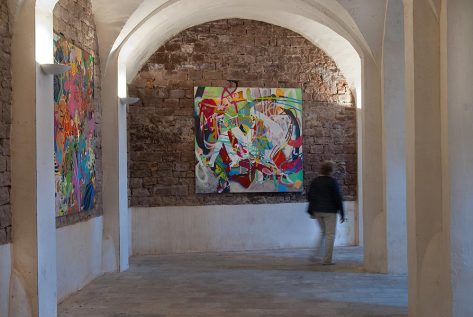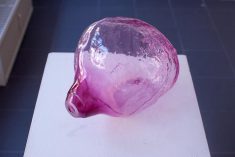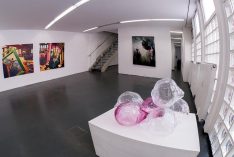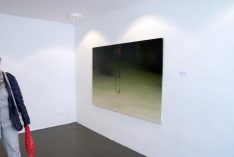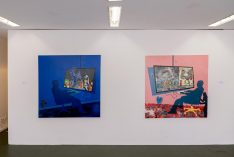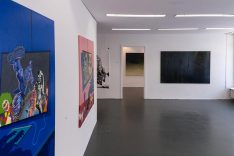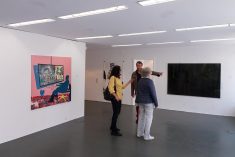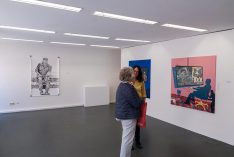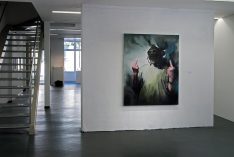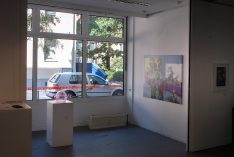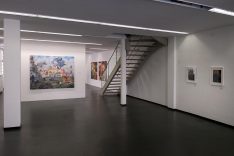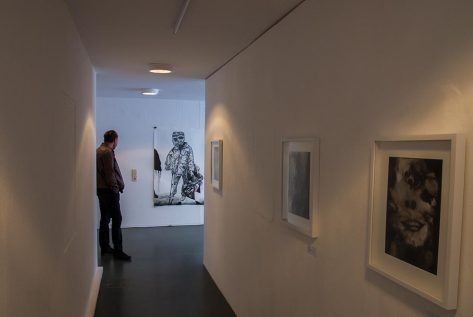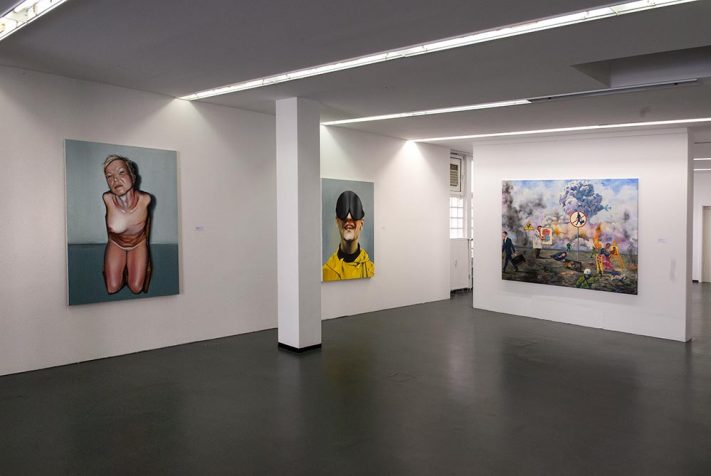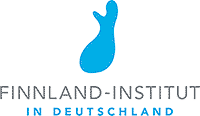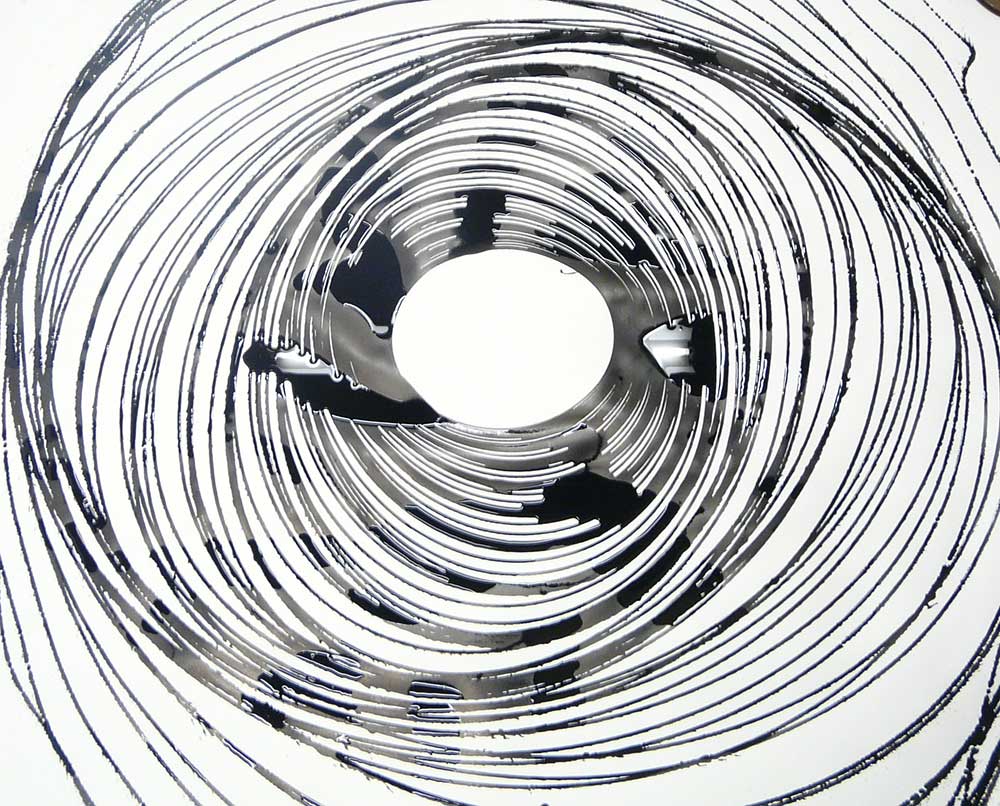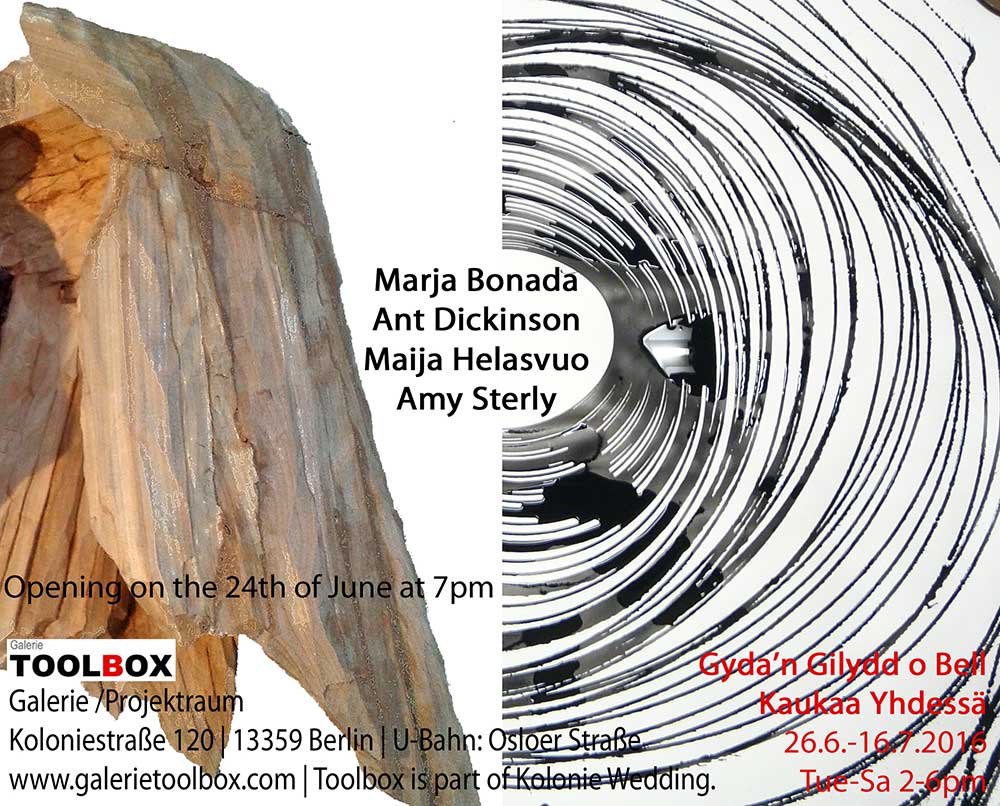GOLDEN AGE-Festival 24.– 26.8.2018
Koloniestraße 120, 13359 Berlin-Wedding
Friday 24.8.
Starting 11:00
”Superpositio” collective drawing-collage-installation process, pop-up exhibition.
Artists: Maija Helasvuo, Mika Karhu, Juha Sääski, Niina Räty, Sampsa Indren, Minna Jatkola, Anssi Taulu. Kollektiivisen piirustus-kollaasi-tilateos yhteisteoksen valmistaminen (TOOLBOX-jäsenistö).
18:00
Live music:
Harri Sjöström and Emilio Gordoa duo
20:00 At the park near Galerie TOOLBOX:
Träumende Bäume
Uneksivat puut (Träumende Bäume)nykytanssia ja nukketeatteria yhdistelevä esitys (Puppentheater mit zeitgenössischem Tanz) joka pohjautuu Didier Comèsin sarjakuvaan Uneksivien puiden talo (Das auf Didier Come´s´Comic ”La Maison ou´revent les arbres” basierende Stuck. Performers from Helsinki and Tampere. Helsinkiläis-tamperelainen työryhmä. More information, Lisätietoa: www.uneksivatpuut.net
Das auf Didier Comès` Comic ” La Maison où rêvent les arbres (Das Haus, wo die Bäume
träumen) basierende Stück verbindet Puppentheater mit zeitgenössischem Tanz. Die
Inszenierung ist mit drei TänzerInnen, einer Puppenspielerin, einer Schauspielerin und einem
Musiker besetzt und verhandelt den Klimawandel, unsere Beziehung zum Wald und die
Macht der Albträume.
Die Bäume sind der Menschen überdrüssig geworden, und die Zeit der angenehmen Träume
ist vorbei. Früher verwandelten sich die Träume der Bäume etwa in Vögel oder
Schmetterlinge, doch aufgrund des unguten menschlichen Treibens sind die Träume nun
reine Albträume. Diese Albträume setzen sich zusammen aus uralten kollektiven
Erinnerungsstucken und greifen – puppenspielerisch dargestellt – als Raubtiere an,
gnadenlos.
Durch Bewegung, Tanz und verschiedene Radiofrequenzen hindurch entwickelt die
Inszenierung sich auf ihr ritualhaftes Ende zu. Aufführungssprachen sind englisch, deutsch
und finnisch.
Kosten- und barrierefreie Vorfuhrungen am Fr 24.8. und So. 26.8., jeweils 20 Uhr am
Kanalufer in Berlin-Wedding. Treffpunkt ist die Galerie Toolbox an der Koloniestraße 20.
Regie und Dramaturgie: Mira Laine, Choreografie: Mirva Keski-Vähälä / Darstellerinnen: Outi Ivaska, Heidi Suur-Hamari, Sini Peltola, Tommi Rikkinen, Petra Haapio, Riku-Pekka Kellokoski / Puppen und Masken: Anna Sucksdorff / Kostum: Reija Stenius / Musik, Komposition und Sound: Riku-Pekka Kellokoski / Licht: Jari Piitulainen / Grafikdesign: Mark Ståhle / Ubersetzung des Originalwerks ins Finnische: Soile Kaukoranta / Deutsche Ubersetzung: Elina Kritzokat / Website und Herstellung: Bastian Salmela
Videostudio:
Kristina Frank (Visby,Sweden) ”We are all atoms”, ”Take to the woods”, ”Blanco”, ”Two rabbits part 1”, ”Two rabbits part 2”
Saturday 25.8.
14.00 Galerie TOOLBOX
”Superpositio”- drawing-collage-installation.
The visitors may participate working, continue doing the collective art work. Gallerian seinillä yleisöllä mahdollisuus osallistua kollektiiviseen piirustus/kollaasiin.
Videostudio: Kristina Frank (Visby, Sweden) all day long
17:00 Galerie TOOLBOX and the street in front of gallery:
Performance: Kalle Turakka-Purhonen
Live music: Country band
Sunday 26.8.
20:00 at the park near Galerie TOOLBOX:
Träumende Bäume, second performance, Uneksivat puut -toinen esitys
21:00 Videoart, outdoor screening in front of the gallery:
The X Film Femmes: The Talkies,
Artists: Aino Havu, Ilkka Hautala, Taina Medina, Gabriela Gaia Meirelles, Taimi Nevaluoma, Mortti Saarnia
